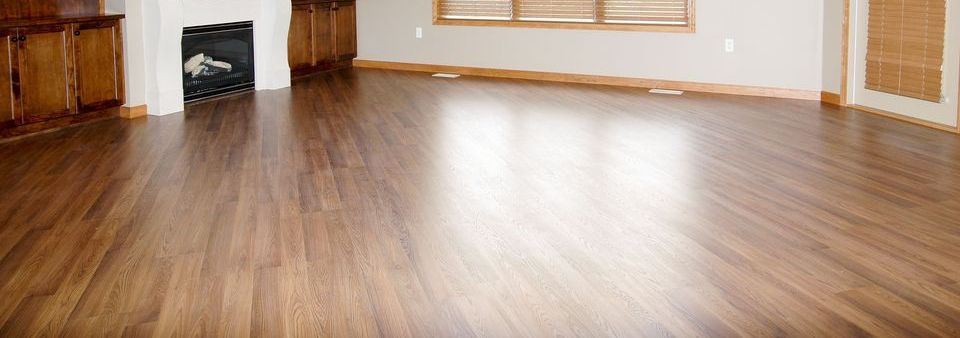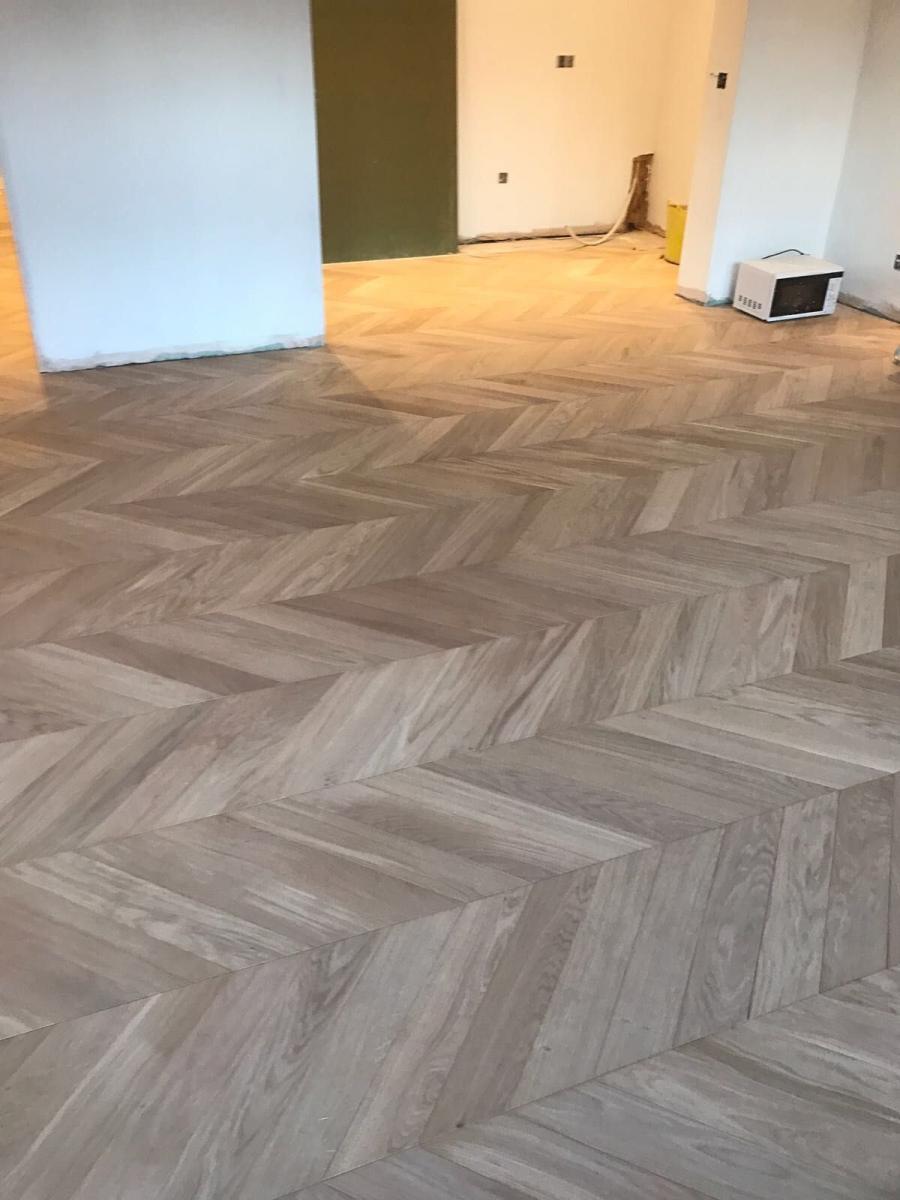
Due to its close proximity to the ground, basement flooring should meet specific conditions. Even when the weather is dry, those lower parts of the house can leach residual moisture, which means you need to take this into account when laying a floor in your basement. This task is going to be challenging in many respects. You will need to prevent elevated humidity levels from affecting and damaging the floor. Therefore, the crucial thing to take into account when fitting a floor in your basement will always be moisture and ways of avoiding its harmful impact on the floor.
Basement ads value to your home
Nowadays, many of us try to expand their living space, which makes basement conversions very popular. Converting a basement into additional living space, e.g. an office, a playroom or a utility room, requires you to carefully think through and analyse the available flooring options. Learn how to properly choose and install wooden flooring in your basement with our helpful tips and tricks.
Most kinds of flooring, if installed the right way, can stand up to damp conditions and high humidity level. But engineered wood flooring will be a much better choice in meeting the challenges it’s likely to face in a basement as compared to solid wood flooring.

Best flooring for the basement
In brief, solid hardwood flooring is made from planks manufactured from one piece of wood, such as walnut or oak, while engineered wood floor planks are made of wood combined with other materials. Engineered wood is manufactured by binding or fixing the strands, fibres, veneers or boards of wood together with adhesives, or with the use of other methods. It’s usually made of three layers of hardwood plus a layer made of plywood or MDF and a top layer of hardwood (lamella). This is why both solid and engineered floorboards look virtually the same.
Due to significant moisture level fluctuations in basements, the wood flooring you will choose will need to withstand those changing ambient conditions, without getting damaged. Due to its composition, engineered wood flooring can withstand the negative impact of high moisture level better than solid wood. But there is one more thing to remember before getting down to any new basement wood flooring project – you should always make sure that the subfloor is sound and the level of the existing moisture in it isn’t too high. If you forget to check this, you may end up wasting your money.
Moisture in the basement
If you have checked that your subfloor doesn’t contain too much moisture and want to reduce the risk of moisture-related problems in the future, think about using the right damp proof barrier. Damp proof barriers come in many different types. Most of them involve the introduction of a damp proof layer, which needs to be attached to the subfloor with the use of a proper adhesive, or a primer, sealer or skim coat applied to the subfloor, which guarantee moisture-resistance. If you are going to have a new wood floor fitted in your basement, it is certainly worth getting some advice on the most suitable damp proof barrier for the given project.
And last, but not least, if you have ensured your basement is dry enough to have your flooring installed, remember to do one more thing, namely treat your wood flooring with an anti-damp finish, which will help you prevent damage in the future.
| Mon-Fri | 8:00AM – 5:00PM |
| Saturday | 10:00AM – 4:00PM |
| Sunday | 11:00AM – 3:00PM |





.svg)
.svg)